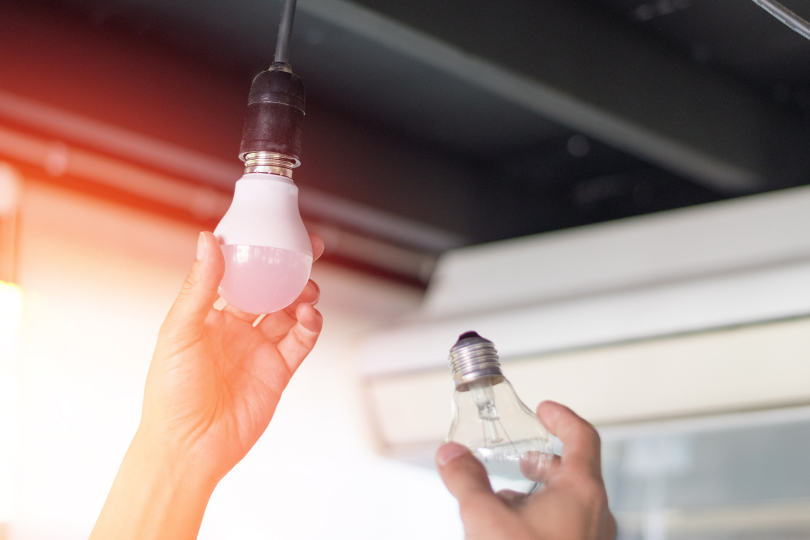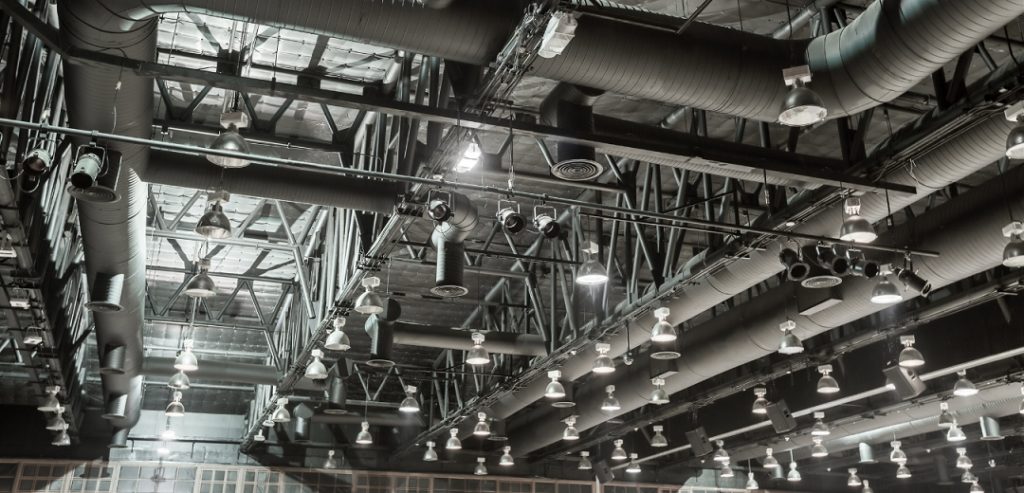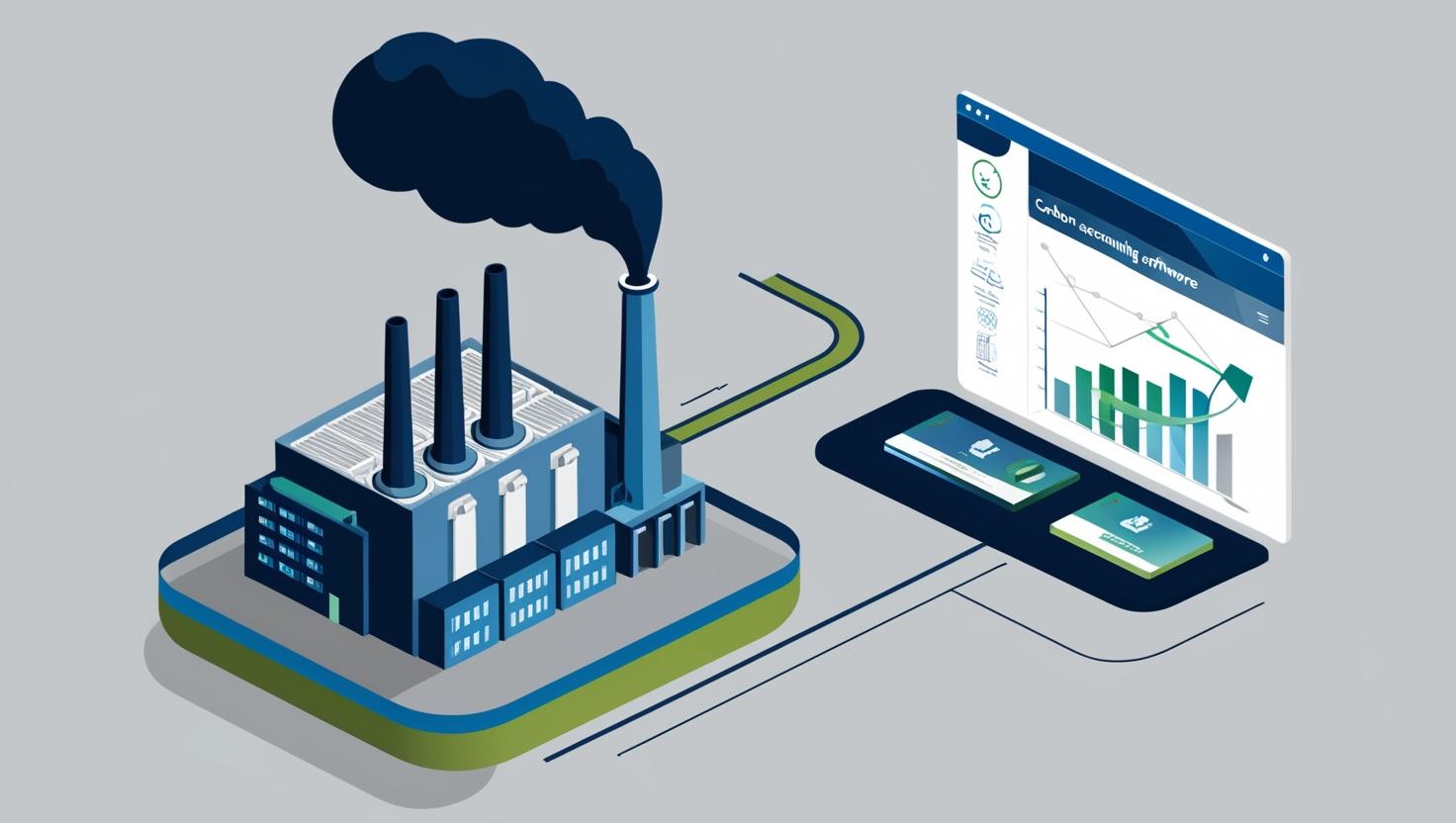We all know that energy can neither be created nor be destroyed, it’s just converted from one form to another. But this does require effort and expenditure for that conversion to make it into use. And most importantly, it doesn’t make us immune to its scarcity.
The world is already fraught with the increasing demand for energy and its shortage of supply. But fortunately, a lot can be done.
In this article, we are going to know how a small step aimed at managing energy efficiently can have a meaningful impact on a large mechanical system like an HVAC and may provide you with cost savings of more than 95%!.
Energy consumption of an HVAC system
Energy Consumption Due to Obsolete System
Let’s get along with this topic with a familiar example.
Imagine there is an HVAC room with 10 fluorescent tubes of 36 watts each. Along with the ballast, the energy requirement for each bulb is 40 watts.
Now, if we consider 350 days of 12 hours lighting time and an additional 20% idle running time, then the usage hours of these bulbs will be,
(350 X 12) + (0.20 X 350 X 12)
ie. approximately 5000 hours per year.
So, the total energy requirement of these lights will be equals to-
10(bulbs) X 40(watts) X 5000(hours)/1000 = 2000 kWh.
Retrofits to reduce energy consumption & savings calculations

Now, let’s see how much we can save by some retrofits.
Since the old incandescent bulbs and their ballasts are now obsolete, we’ll be replacing these with LED lights and installing occupancy sensors as a saving solution.
The equivalent replacement of these tubes would be 18 watts LED bulbs, which costs around Rs 300 as per the latest quotes available.
- Total Cost of 10 bulbs = Rs(10 X 300) = Rs 3000
- Energy Requirement by LED bulbs in a year= 10(bulbs) X 18(watts) X 5000(hours)/1000 = 900 kWh
- Energy savings by LED in a year= 10(bulbs) X (40-18)(watts) X 5000(hours)/1000 = 1100 kWh
We’ll be also using an occupancy sensor. An occupancy sensor would cost around Rs. 2500 and potentially save 20% or even more in some cases.
- Energy savings by Occupancy Sensors = 900(kWh) X 20/100 = 180 kWh
- So, the Energy requirement after installing occupancy sensors = (900-180)kWh = 720 kWh
Now the total investment adds up to Rs. (3000+2500)(Bulbs cost + Occupancy sensor cost) = Rs 5,500.
And the energy savings add up to (1100 + 720)KWh = 1280 kWh.
In monetary terms, considering the per-unit cost of Rs. 7.5 on average, the savings will amount to Rs(7.5 X 1280) = Rs 9600.
So, there’s not only a payback within a year, but you’ll also make a profit of Rs (9600-5500) = Rs 4100.
But there is much more to the scene when you consider the effect of efficient lighting on an Air Conditioning System.
Energy consumption due to Air Conditioning Load of HVAC
The energy consumed by the a HVAC system depends mainly on three particulars –
- The temperature maintained inside the room
- The temperature at which the heat is rejected at condenser i.e. outside temperature – Lower the better
- The amount of heat which gets added into the room – lesser the better
Let’s focus on the third point.
The AC system needs to carry all the heat added inside the room and reject it through the condenser.
For doing this, it needs to draw power equivalent to heat rejected divided by its Coefficient of Performance (COP), which depends on the first two points above.
Very obviously, it is wise to minimize the heat sources inside the room.
Any electrical equipment inside the room, whether efficient or inefficient, including lights, fans, computers, chargers, and refrigerators, etc. adds heat into the room.
The amount of heat is equal to the power drawn by the equipment i.e. a bulb of 40 watts will add heat equivalent to 40Wh in one hour.
To keep this explanation simple, let’s recall the Law of conservation of Energy.
So, all the electricity entering the room ultimately gets converted into heat after doing its useful work in fans, lights, and other equipment.
Our final savings
Now let’s get back to the payback calculation.
The energy saved by the new lighting system was 1280 kWh and it eliminates the equivalent amount of heat being added into the room.
If the COP of the AC system is assumed 2, this means it’s removing 2kW of heat per unit of energy consumed. Then it will save a further 640 kWh of energy due to the reduced heat load of AC.
So, the total energy saved becomes (1280+ 640)kWh = 1920kWh.
Let’s also recall that the total energy consumption using obsolete lighting apparatus was 2000kWh. And we are able to save 1920kWh which is more than 95% energy savings.
In monetary terms taking per unit cost Rs 7.5, this amounts to profit of Rs 14,400.
Of course, this is applicable only for the places which need to be maintained cooler than the outside temperature. For places that need to be maintained warmer, this calculation would reverse and the effective payback time will increase.
Final Words
So, we can conclude that the effect of efficient lighting on the HVAC system is too substantial to ignore in payback calculation. This is a hypothetical example and real case payback can vary a lot depending on actual usage.
Also to note that this effect is applicable and worth considering for all improvement measures taken for equipment that is located inside a conditioned area.





